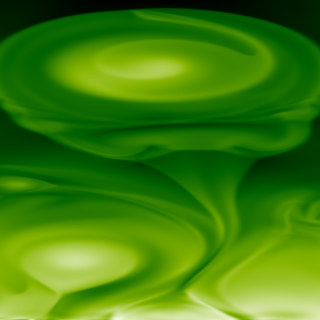Bibcode
Rappazzo, A. F.; Velli, M.; Einaudi, G.
Bibliographical reference
The Astrophysical Journal, Volume 722, Issue 1, pp. 65-78 (2010).
Advertised on:
10
2010
Journal
Citations
51
Refereed citations
48
Description
We present a series of numerical simulations aimed at understanding the
nature and origin of turbulence in coronal loops in the framework of the
Parker model for coronal heating. A coronal loop is studied via reduced
magnetohydrodynamic (MHD) simulations in Cartesian geometry. A uniform
and strong magnetic field threads the volume between the two
photospheric planes, where a velocity field in the form of a
one-dimensional shear flow pattern is present. Initially, the magnetic
field that develops in the coronal loop is a simple map of the
photospheric velocity field. This initial configuration is unstable to a
multiple tearing instability that develops islands with X and O points
in the plane orthogonal to the axial field. Once the nonlinear stage
sets in the system evolution is characterized by a regime of MHD
turbulence dominated by magnetic energy. A well-developed power law in
energy spectra is observed and the magnetic field never returns to the
simple initial state mapping the photospheric flow. The formation of X
and O points in the planes orthogonal to the axial field allows the
continued and repeated formation and dissipation of small-scale current
sheets where the plasma is heated. We conclude that the observed
turbulent dynamics are not induced by the complexity of the pattern that
the magnetic field-line footpoints follow but they rather stem from the
inherent nonlinear nature of the system.
Related projects

Numerical Simulation of Astrophysical Processes
Numerical simulation through complex computer codes has been a fundamental tool in physics and technology research for decades. The rapid growth of computing capabilities, coupled with significant advances in numerical mathematics, has made this branch of research accessible to medium-sized research centers, bridging the gap between theoretical and
Daniel Elías
Nóbrega Siverio